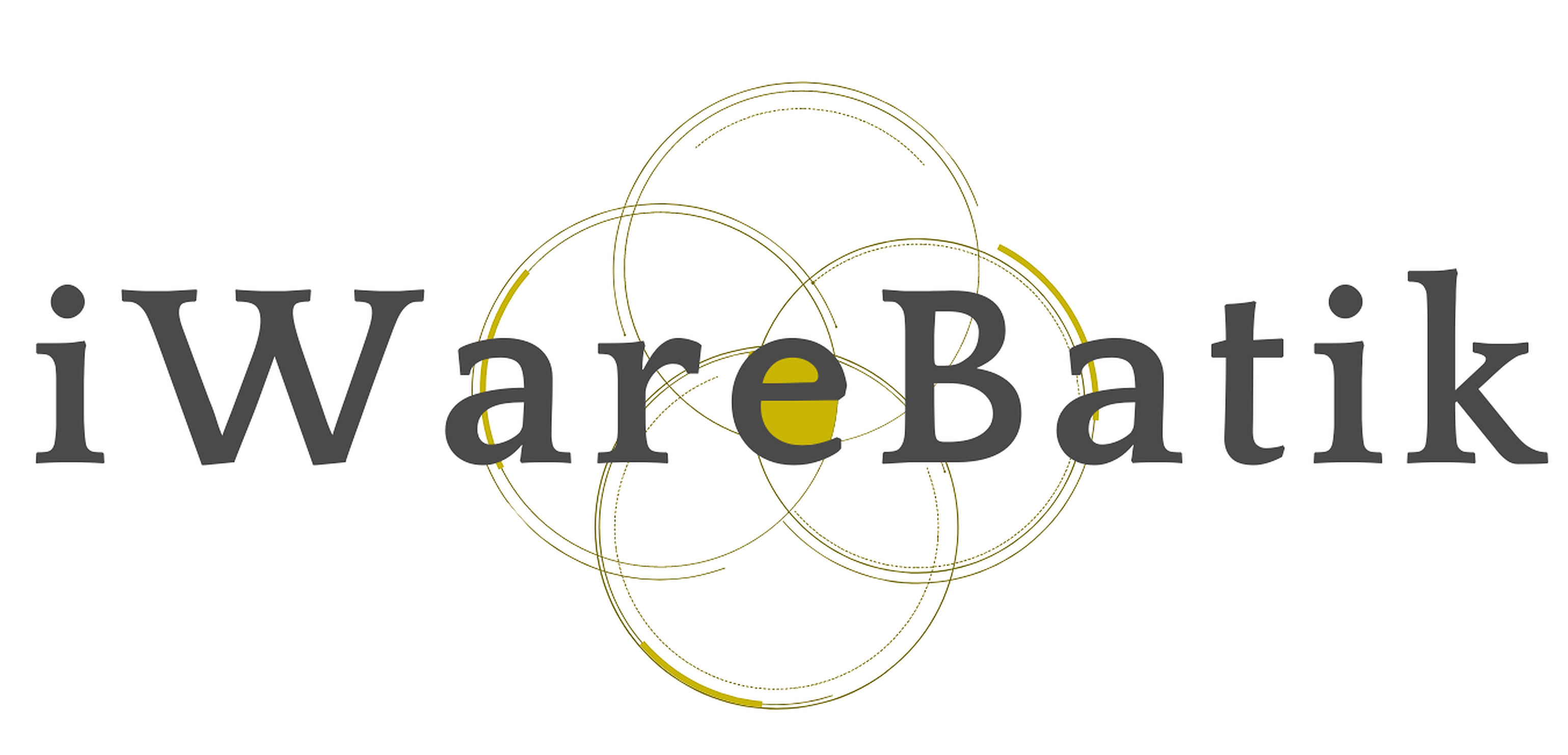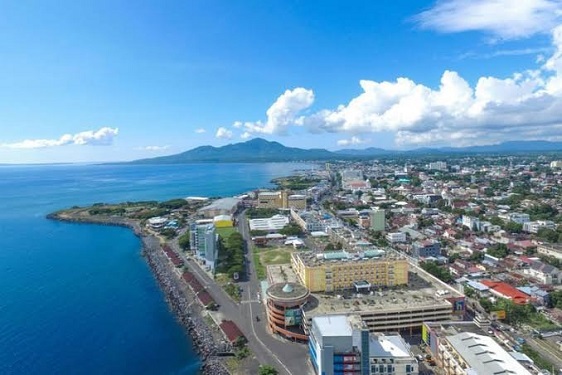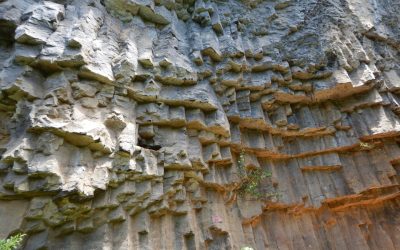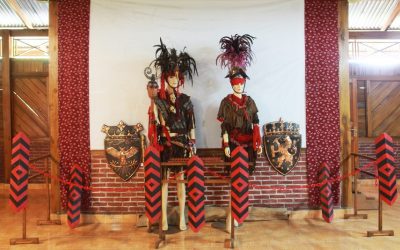Cultural Destination
Experience the spirit of the place!
Manado City
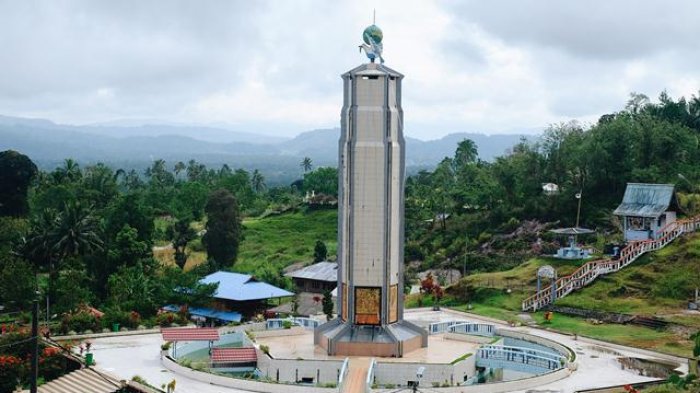
Bukit Kasih or “Hill of Love” (photo: @Tribunnews)
Manado City
The city of Manado is famous as a unique city as it is located in a bay near the open sea. With views of sea mountains, beaches, and tropical land, the city is famous for its amazing natural tourism potential. After Makassar, the city of Manado became the second most crowded city on the island of Sulawesi, especially for tourism. The city is also a national priority destination of Indonesia that presents a variety of cultural attractions, culinary and hotels with five-star facilities. One of the unique spot at this city is Bukit Kasih that means the “Hill of Love”. Here you will find worship places for 5 different religions such as mosque, christian church, catholic church, Hindu temple, Buddhist shrine. This historical site serves as the symbol of harmony in religious diversity in North Sulawesi.
Cultural Tourism Destination
Manado City
Tourist Attractions in North Sulawesi
Batu Dinding Kilo Tiga Cliff
If adrenaline is one of the main components of your trip, you should definitely visit
Pinawetengan Museum
In Pinawetengan Museum, you can see various collections, such as
World’s Coral Triangle – Bunaken Marine Park
Located in the World’s coral triangle, Bunaken National Park is
North Sulawesi
Batik Motifs
Pinawetengan
The Pinawetengan Batik pattern was taken from a prehistoric inscription in
Manguni Minahasa
Manguni is identified as the symbol of the Minahasa people. Manguni is known as a
Discover
Indonesian
Batik
Motifs
Tangerang Herang
Tangerang Herang motif is a symbol of Tangerang city. The Tangerang Herang batik motif consists of
Pati-Pati Pinehiku
It symbolizes the hierarchy in society and the social status of the Mekongga
Karawo Mahkuta
Mahkuta refers to Gorontalo’s traditional crown. It represents noble characters of
Mahkota Siger
Siger is the crown of a noblewoman in ancient time. It is a symbol of femininity, strength, and
Karawo Pinang
Pinang refers to the Palm areca tree. This motif is considered as the original
Angsa Duo
According to legend, the Angso duo batik motif is a pair of swans that are believed to have led Princess
Bintik Tujuh
The Bintik Tujuh (Seven Dots) motif has 7 white spots and green color gradation as
Raja Ampat
Raja Ampat motif represents the marine life at Raja Ampat archipelago in
Bekantan Pakis
This motif represents Pakis Haji (Polystichum setiferum), an endemic plant in
Tongkonan
Toraja’s traditional house is called Tongkonan. Tongkonan is a place for
Durian Pecah
Broken Durian motifs depict the foundation of faith. The second half signifies the mastery of
Wirasat
Wirasat or divine inspiration is a gift from God. This inspiration is symbolized by
Teguh Bersatu
This batik motif shows the strength of the people of Kupang. It also represents a sense of
Tubo Kelapa
Coconut tree is a symbol of a good character and strong mentality. It illustrates the more success a person, the more
Sido Mulyo
Sidomulyo is one of the classical motifs, which is specifically used for the bride’s costume in
Salakanagara
Salakanagara batik motif illustrates the first kingdom in the Betawi land
Gedhog Kembang Waluh
a combination of Javanese cultural motif of the Majapahit kingdom (XII-XIV century) with
Gumin Tambun
Based on Hindu mythology, this motif symbolizes lucks, abundant wealth, and
Dayak Taghol
Dayak Taghol has a distinctive style of four curved lines and small dots. This motif represents
Awan Berarak
Awan Berarak is a combination of Dayak motifs and Malay patterns. The word ‘Awan Berarak’ means the
Pucuk Rebung Riau
Pucuk Rebung symbolizes heart determination in achieving goals, good luck, and
Kaganga Tanah Rejang
If Batik Besurek combines Arabic calligraphy motifs, then the Kaganga batik takes
Ukir Sentani
The Ukir motif is a batik motif that is inspired by various traditional Sentani wood carvings
Tikar Natuna
The Tikar Natuna motif is adapted from the traditional making of pandanus mats in
Paqbarre Allo
The word “Barre” means round and “Allo” means the sunlight. This motif is interpreted as
Tengkawang Ampiek
With its many advantages, the Dayaks use this leaf in ritual ceremonies. This plant is a symbol of
Bultiya
The word ‘Bultiya’ is an acronym of the three major tribes in North Kalimantan, namely
Rangkiang
The word “Rangkiang” refers to the rice granary in the Minangkabau language. It symbolizes
Sekar Jati
Sekar means flower and Jati refers to teak trees that symbolizes a strong mental character that
Ake Patra
Ake is related to the divinity and the composition of the universe. It is a symbol of
Lipaq Sabe
Lipaq Saqbe contains a simple geometric classical motif with various flower decorations. This textile is
Pinawetengan
The Pinawetengan Batik pattern was taken from a prehistoric inscription in
Gorga Simeol-Meol
The Gorga Simeol-meol is a pattern of plant tendrils. it is regarded as a symbol of longevity and
Pala Salawaku
This motif illustrates the unique weapons of the Maluku region, namely
Merak Ngeram
The hatching peacock motif has a very deep meaning which refers to the sacrifice and
Gajah Way Kambas
The motif illustrates the Lampung’s natural reserve, the Way Kambas. it also symbolizes
Rumah Mamuju
the Batik motif illustrates the house of Mamuju King with the stairs, located on the left of the wooden stage house
Hiu Taliyasan
Indonesia is also home to the world’s largest fish, the whale shark (Rhincodon typus). Hiu Taliyasan refers to
Kawung
The Kawung motif was created by Sultan Agung Hanyokrokusumo (1593 – 1645) as a symbolic gift for
Dayak Kamang
Kamang motif is generally found in the Dayak tribe shield because it is believed to
Besurek Rafflesia
The term “Basurek” refers to a textile that contains letters or inscriptions
Bomba Mawar
This motif means sacred love for family, kingdom, and God; It also illustrates
Kasih Tak Sampai
‘Kasih Tak Sampai’ is an idiom in the Indonesian language which refers to
Pohon Hayat (Tree of Life)
The Batik motifs in Lampung are dominated by the acculturation of Buddhist and
Insang Ikan
Insang refers to the gills of the fish. This is a typical pattern of Malay ethnic who inhabits
Cengkeh
The clove flower motif is the main commodity of the Tolitoli Regency. This motif represents
Sekomandi
Its philosophical meaning is the eternal union which refers to a saying “until death do us part”
Keluak Daun Pakis
The word “Keluak” is a Minang language which means twisted or tangled. The Motif of
Parang Rusak
Another meaning behind this motif is an unconquerable spirit, symbolized by
Honai
The Honai is inspired by the traditional house of the Papuan community living in
Kuda Kupang
Horses symbolize wealth. It contains noble values of virtuous characters that bring
Sero Tangga
The Sero Tangga illustrates an endearing feeling and sacrifices of a person to fulfil
Jumputan Bintang
The word Jumputan means the tie-dye technique, while the word “Bintang” refers to
Lok Baintan Floating Market
As you can imagine, the most authentic thing is that you can buy things and even
Tifa Totobuang
The batik motifs illustrate Maluku’s traditional music instrument called
Jupri Kembang Teh
Kembang Teh illustrates the tendrils of tea plants that grow in the highlands of
Gamolan
This motif illustrates Gamolan, a bamboo musical instrument of Lampung that is
Bale Lumbu
This motif signifies the welfare of the ancient Sasak society. Bale also symbolizes the
Gonggong Siput
Gonggong (Strombus Turturella) is one type of sea snail found around
La Galigo
La Galigo is a literary work of the Buginese Epic that has 300 thousand epic lines. It is considered even
Manguni Minahasa
Manguni is identified as the symbol of the Minahasa people. Manguni is known as a
Buketan Bali
The Balinese bouquet (Buketan Bali) is a floral arrangement and the name is
Gigi Haruan Lidi
The Gigi Haruan Lidi motif is taken from the name of the cork fish and is a symbol of
Prada Papua
The word “Prada” in the Javanese-Indonesian dialect means a batik textile that
Parang Seling
Parang Seling or “alternating daggers” is a royal batik motif. It is a feminine variant of
Sandeq
Sandeq Boat is a symbol of the maritime importance of the West Sulawesi region. The greatness of
Desa Na Tolu
The Desa Na Tolu characteristic pattern symbolizes the Batak philosophy of existence and
Daun Sirih
This motif illustrates betel leaves that are used by Lombok communities as traditional
Tabir Tanjung
Tanjung flower is a type of Cherry tree flower, which is commonly found in
Biji Kopi
The coffee seeds motif illustrates the pride of local coffee specialities in
Enggang Dayak
Local people beliefs that hornbills are an incarnation of the Commander of the Birds. It has supernatural
Wakatobi
It symbolizes the coastal beauty of the Wakatobi island and the symbol of Patra symbolizes
Gonggong Beruntun
This motif illustrates that a person should maintain a positive attitude and
Tenun Bima
The motifs are adopted from Bima woven textile. This pattern has received a great
Gentala Arasy
Built as high as 80 meters, the tower also highlights the historical side of
Lontara
The Lontara script itself is a typical ancient script of Bugis and Makassar communities. History records that
